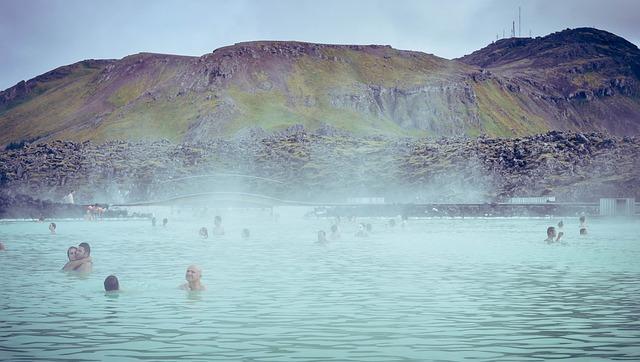Ice bath therapy, also known as cold water immersion, is a form of recovery used by athletes and individuals who participate in physical activities. This therapeutic technique involves immersing the body in icy water for a short period of time, with the purpose of reducing inflammation, relieving muscle soreness, and improving overall recovery. In this article, we will explore the benefits of ice bath therapy for recovery and how it can enhance athletic performance and well-being.
Immersing the body in cold water, commonly known as Ice Bath Therapy, has been recognized to quicken muscle recovery. Fatigue and muscle damage lead to inflammation and soreness. Ice baths work magic in reducing this inflammation through vasoconstriction, the constriction of blood vessels. This limits blood flow to the muscle, reducing swelling and tissue breakdown. Subsequently, when the tissues re-warm, the increased blood flow speeds circulation, and in turn, the recovery time. A 2010 study published in the Journal of Strength and Conditioning Research discovered that cold water immersion reduced muscle soreness by 20% compared to resting.
It’s not only about muscle recovery, but also enhancing athletic performance. Ice baths boost the central nervous system, aiding in better sleep and improving mood, both associated with improved performance.
| Activity | Benefit |
|---|---|
| Sleep | Improved recovery and energy levels |
| Mood enhancement | Better focus and motivation |
The optimal duration and timing for ice bath therapy vary depending on factors such as workout intensity and muscle recovery rate. However, general recommendations suggest immersion in cold water should last between 10-20 minutes and should take place ideally within the first 24 hours post-exercise.
Q&A
Q: What is ice bath therapy and how does it work for recovery?
A: Ice bath therapy involves immersing the body in cold water, typically around 50 to 59 degrees Fahrenheit, for a short period of time, usually 10-20 minutes. The cold water constricts blood vessels and reduces inflammation, which can help with muscle recovery and soreness.
Q: What are the benefits of ice bath therapy for recovery?
A: Some of the benefits of ice bath therapy for recovery include reduced muscle soreness, decreased inflammation, improved circulation, and faster recovery after intense exercise or competition.
Q: Who can benefit from ice bath therapy?
A: Ice bath therapy can benefit athletes, people who engage in intense physical activity, or anyone looking to improve their recovery process after workouts.
Q: Are there any risks or precautions to consider when using ice bath therapy?
A: While ice bath therapy can be effective for recovery, there are some risks to consider, such as hypothermia, frostbite, and potential negative effects on muscle growth. It’s important to consult with a healthcare professional before starting ice bath therapy, especially if you have any preexisting medical conditions.
Q: How often should one use ice bath therapy for recovery?
A: The frequency of ice bath therapy can vary depending on individual needs and preferences. Some athletes may benefit from daily ice baths during intense training periods, while others may find that using ice baths a few times a week is sufficient for their recovery needs. It’s important to listen to your body and adjust the frequency of ice bath therapy accordingly.
Q: Are there any alternative methods for recovery that can be used in conjunction with ice bath therapy?
A: Yes, there are several alternative methods for recovery that can be used in conjunction with ice bath therapy, such as foam rolling, stretching, compression therapy, or contrast baths (alternating between hot and cold water immersion). It’s important to find a combination of recovery techniques that work best for your body and fitness goals.
Conclusion
In conclusion, ice bath therapy has shown promising benefits for aiding in recovery after intense physical activities or injuries. By reducing inflammation, decreasing muscle soreness, and enhancing circulation, ice baths can be a valuable addition to an athlete’s recovery routine. It is important to note that ice baths may not be suitable for everyone, so it is recommended to consult with a healthcare professional before incorporating this therapy into your routine. Remember, proper recovery is essential for optimal performance and overall well-being.






